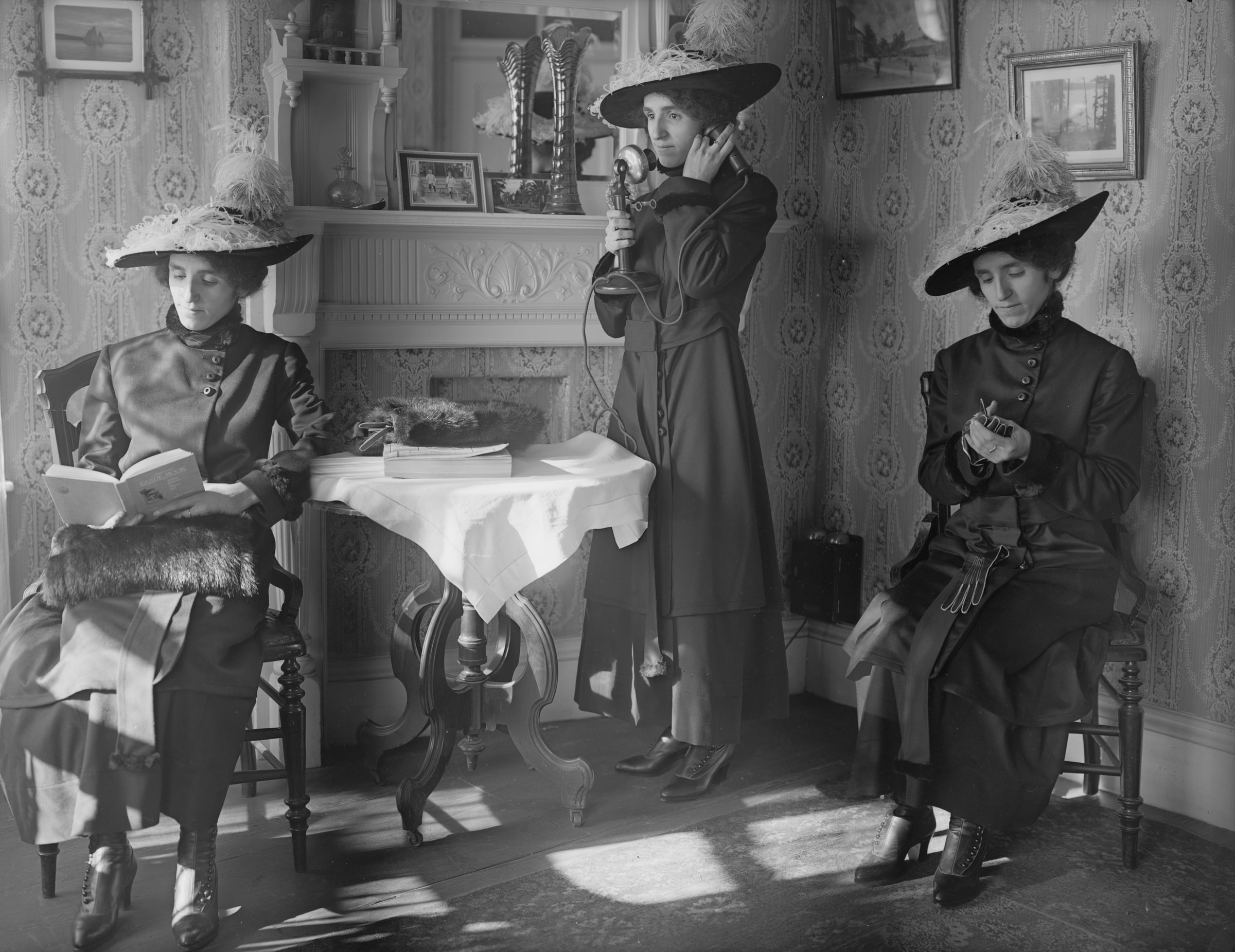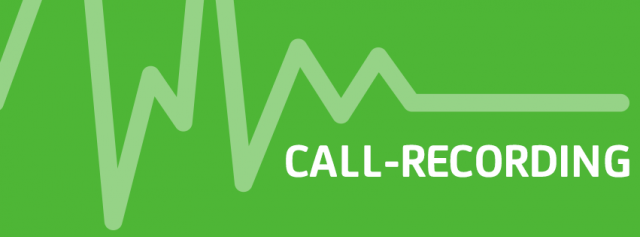How to Distribute Callers Across Multiple Locations

With a service number (0800 or 0900) or a business number (085 or 088), you increase your accessibility. Perhaps you already have such a number, or maybe you’re considering getting one.
One advantage of such a business number is that it can encompass all the local numbers of your locations. This is made possible by an intelligent system called Interactive Voice Response (IVR).
Forwarding callers to the most relevant office, the nearest store, or the person in the right department no longer needs to be done manually. This IVR processes all calls coming into your business number and distributes them to existing connections within your organization. It works seamlessly with your existing infrastructure and equipment.
But how exactly does configuring your service or business number work? That’s a question we can answer in many ways because there are various options for distributing your phone traffic. In this article, we’ll show you these options so you can determine which method is best suited for your organization.
Option 1: Let Callers Choose
Do you have an organization with departments that don’t necessarily serve specific geographic areas? Or are your administration and technical service departments located in different places? Give your callers the option to connect themselves to the desired department. With the Menu Options, a single button press connects your callers to the desired person or department. It’s important to keep the menu short and clear—avoid decision fatigue!
Option 2: Distribution Based on Area Codes
This option is suitable for companies and organizations active nationwide but with locations covering specific regions. With a traditional number, this means a receptionist personally greets callers and manually forwards them to the nearest location.
With area code routing, our Interactive Voice Response system (IVR) distributes callers to your locations based on their area codes. Together with you, we create a list of area codes and their corresponding locations. It’s also possible to play a location-specific message before forwarding to a location, and we account for opening hours.
You might wonder what happens if the area code can’t be recognized, for example, if someone calls from a mobile phone. In that case, postal code routing is a smart solution.
Option 3: Distribution Based on Postal Codes
This option is suitable for organizations operating not regionally but locally. In other words, organizations with multiple locations within an area code region that require a fine-grained distribution of callers. With so-called postal code routing, our IVR distributes your callers based on postal codes. Callers are asked to enter the first four digits of their postal code. You specify in advance which postal codes correspond to which locations. This way, the caller is connected to your branch in the (adjacent) neighborhood. Here too, it’s possible to play a message before the phone rings at a specific store or department.
As mentioned earlier, postal code routing can also be combined with area code routing.
Option 4: Custom Solution
It’s also possible to create a custom solution for you. For example, a combination of postal code routing and area code routing. Or how about forwarding based on caller ID? In this case, the system doesn’t look at the area code but at a record in your database of the specific landline or mobile number of the caller. This is the pinnacle of telecom performance. We establish the connection between our IVR and your CRM system using our API. If the number isn’t recognized, we play a menu or use area code or postal code routing to connect callers as efficiently as possible to the right person in your organization.
Start Today
Belfabriek makes it as easy as possible for you. Options 1 through 3 can be activated entirely by yourself via your online dashboard, called Mijn Belfabriek. Depending on the option, you can be done in just a few minutes, so why not set it up today? For a custom solution, contact us at 0800–BELFABRIEK (0800–235 3227).

 Netherlands
Netherlands Belgium
Belgium Denmark
Denmark Germany
Germany France
France Switzerland
Switzerland Austria
Austria UK
UK Spain
Spain Italy
Italy


